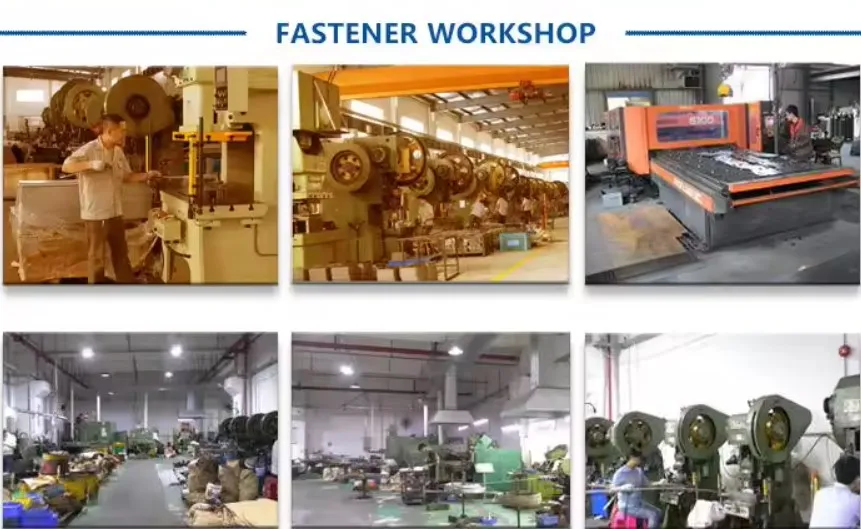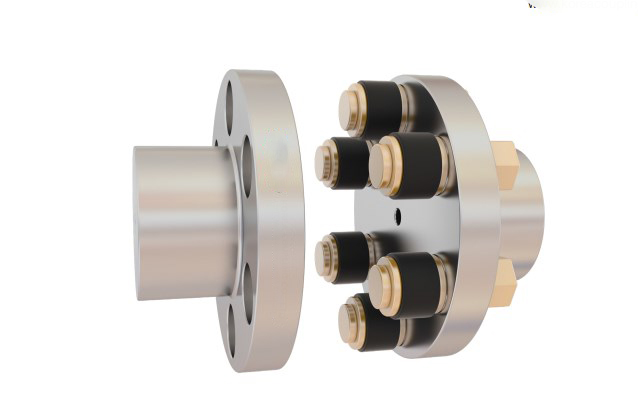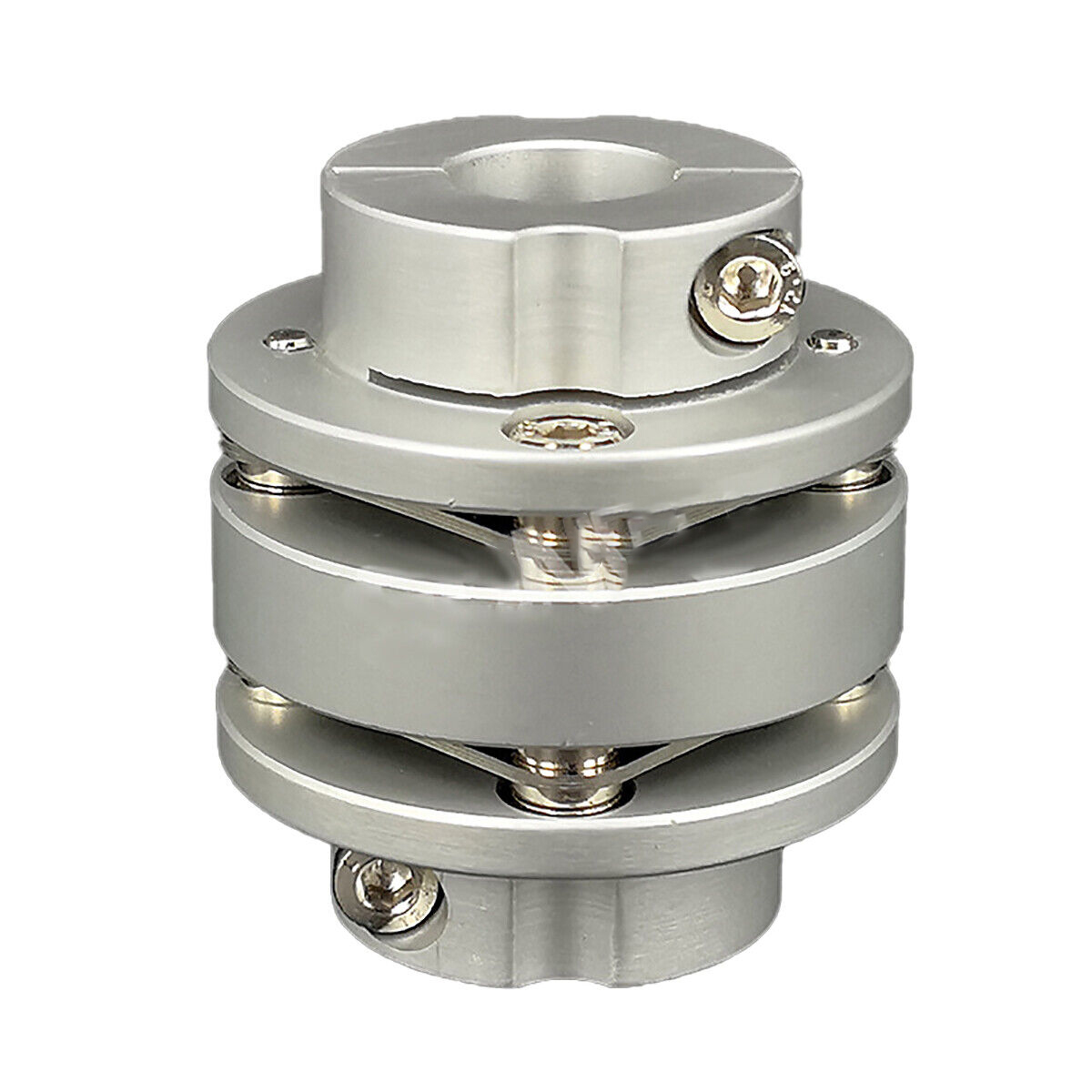Flexible Gear Coupling for Petrochemical Plants
Introduction to Flexible Gear Couplings
In the complex and demanding environment of petrochemical plants, flexible gear couplings play a pivotal role in ensuring smooth and efficient operations. These couplings are designed to transmit torque while accommodating misalignment and reducing vibration.
Understanding the Need for Flexible Gear Couplings
Petrochemical plants often face challenges such as high torque requirements, severe misalignments, and the need for reliable operation. Flexible gear couplings address these challenges by providing a robust and adaptable connection between rotating shafts.
Design and Construction of Gear Couplings
Flexible gear couplings are typically constructed with two hubs, each containing external teeth that mesh with a floating sleeve with internal teeth. This design allows for flexibility in misalignment and smooth transmission of torque.
Advantages in Petrochemical Applications
These couplings offer significant benefits in petrochemical plants, including enhanced operational efficiency, reduction in maintenance costs, and increased reliability of equipment performance.
Material Selection for Durability
The materials used in manufacturing flexible gear couplings are critical for their performance. High-strength, heat-treated alloys and corrosion-resistant coatings are commonly used to ensure durability in harsh environments.
Maintenance and Longevity
Regular maintenance of flexible gear couplings can extend their lifespan. Proper lubrication, alignment checks, and inspection for wear and tear are essential practices in petrochemical plants.
What is Flexible Gear Coupling?

- Definition: A flexible gear coupling is a mechanical device designed to connect two rotating shafts and transmit torque while accommodating misalignment between them.
- Components: It consists of two hubs with external gear teeth and a floating sleeve with internal gear teeth that engage with the hubs.
- Functionality: The coupling allows for flexibility in angular, parallel, and axial misalignments, making it ideal for dynamic applications.
- Applications: Widely used in industries such as petrochemical, steel, power generation, and mining for their robustness and versatility.
What are the Different Types of Gear Couplings?

- Flanged Gear Couplings: Feature a rigid flange connection that provides high torque capacity and is ideal for heavy-duty applications.
- Continuous Sleeve Gear Couplings: Utilize a single sleeve that covers both hubs, offering simplicity and ease of maintenance.
- Half Gear Couplings: Consist of one flexible hub and one rigid hub, allowing for limited flexibility but improved torsional stiffness.
- Spacer Gear Couplings: Incorporate a spacer between the hubs, which facilitates easy disassembly and reassembly without disturbing the connected equipment.
What is the Difference Between Flexible and Rigid Coupling?
- Flexibility: Flexible couplings accommodate misalignment and vibration, whereas rigid couplings do not.
- Applications: Flexible couplings are suitable for dynamic and misaligned applications; rigid couplings are used in precisely aligned setups.
- Maintenance: Flexible couplings generally require more maintenance due to their moving parts, while rigid couplings require less but need precise alignment.
- Torsional Stiffness: Rigid couplings provide higher torsional stiffness compared to flexible couplings.
Selecting or Customizing the Right Flexible Gear Coupling
Choosing the right flexible gear coupling involves considering several critical parameters and actual operating conditions. Here are key factors to consider:
- Torque Requirements: Determine the maximum torque that the coupling needs to transmit to ensure compatibility with the application.
- Misalignment Tolerance: Evaluate the degree of angular, parallel, and axial misalignment that the coupling must accommodate.
- Operating Environment: Consider factors such as temperature, corrosion, and exposure to chemicals when selecting the material and design.
- Speed of Operation: Ensure the coupling can handle the rotational speed of the application without causing excessive wear or failure.
- Space Constraints: Assess the available space for installation to select a coupling that fits within the spatial limitations.

About HZPT
HZPT, established in 2006, is a leading manufacturer specializing in the research, development, and production of high-precision couplings, ball screw support units, motor brackets, and motion modules. Our coupling product line includes servo motor couplings, stepper motor couplings, miniature motor couplings, encoder couplings, and more.
Advantages of HZPT
- Advanced Technology: We utilize cutting-edge technology to ensure the highest quality and performance of our products.
- In-house R&D Center: Our dedicated research and development center enables us to innovate and meet the specific needs of our customers.
- Proprietary Manufacturing and Testing Systems: Our state-of-the-art manufacturing and testing systems guarantee precision and reliability.
- ISO 9001:2015 Certification: Our commitment to quality is validated by our ISO 9001:2015 certification.
- Global Recognition: Our products are recognized and widely used by top-tier clients in Japan, the USA, Germany, Israel, Malaysia, Singapore, and Taiwan.
We invite you to partner with HZPT for your flexible gear coupling needs. Our expertise and dedication to quality ensure that you receive the best solutions for your applications. Contact us today to learn more about how we can support your operations.
